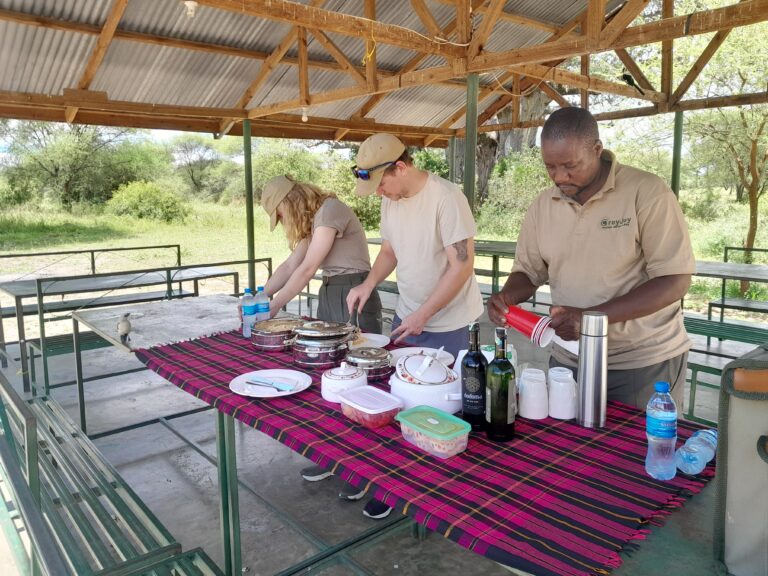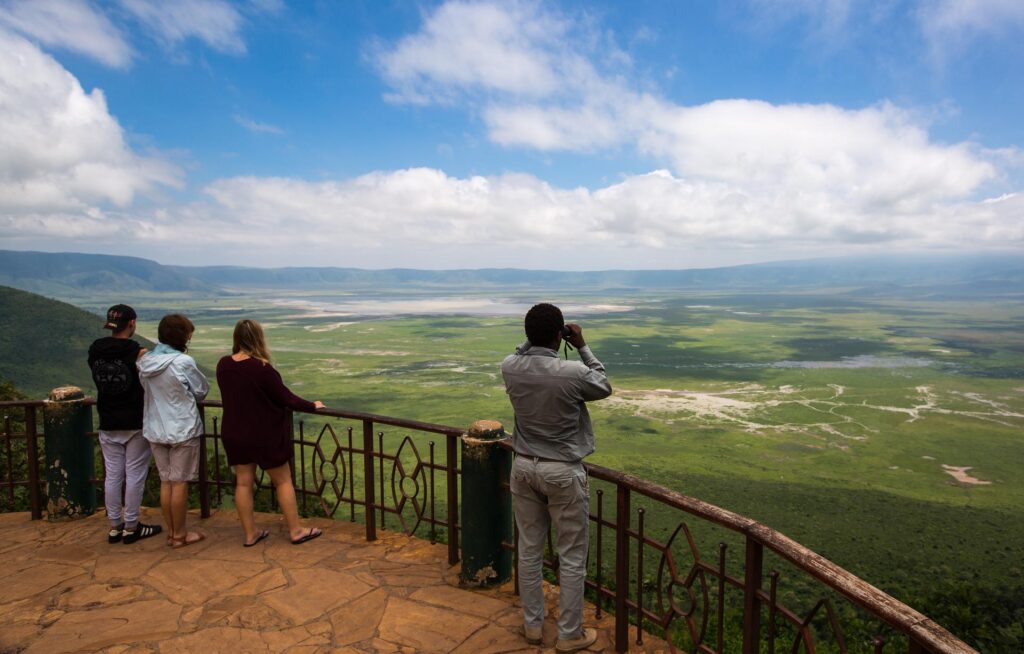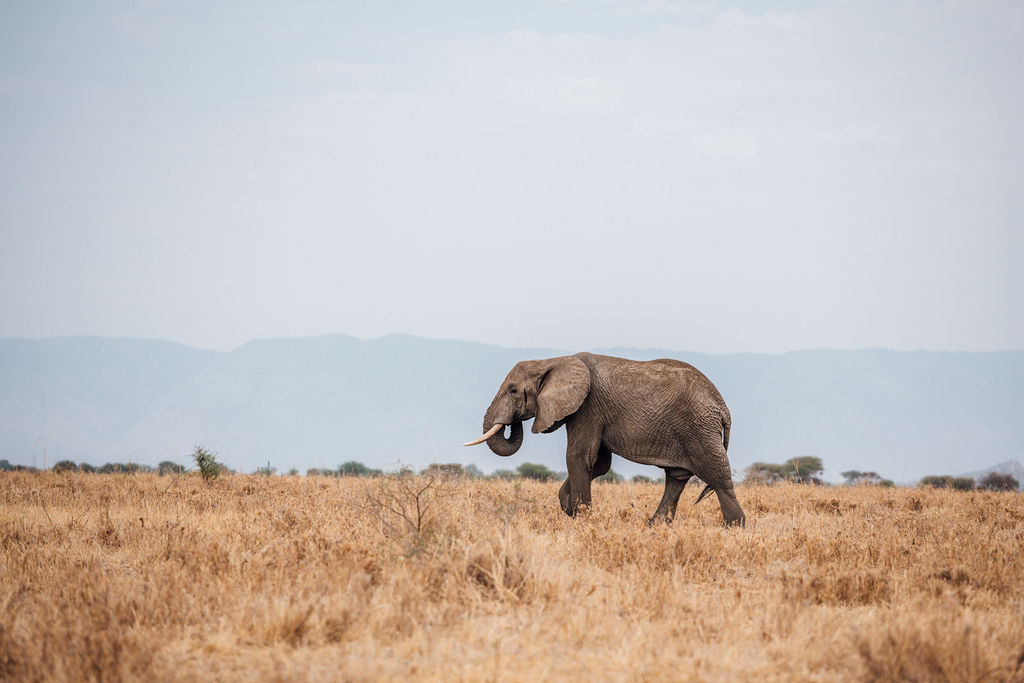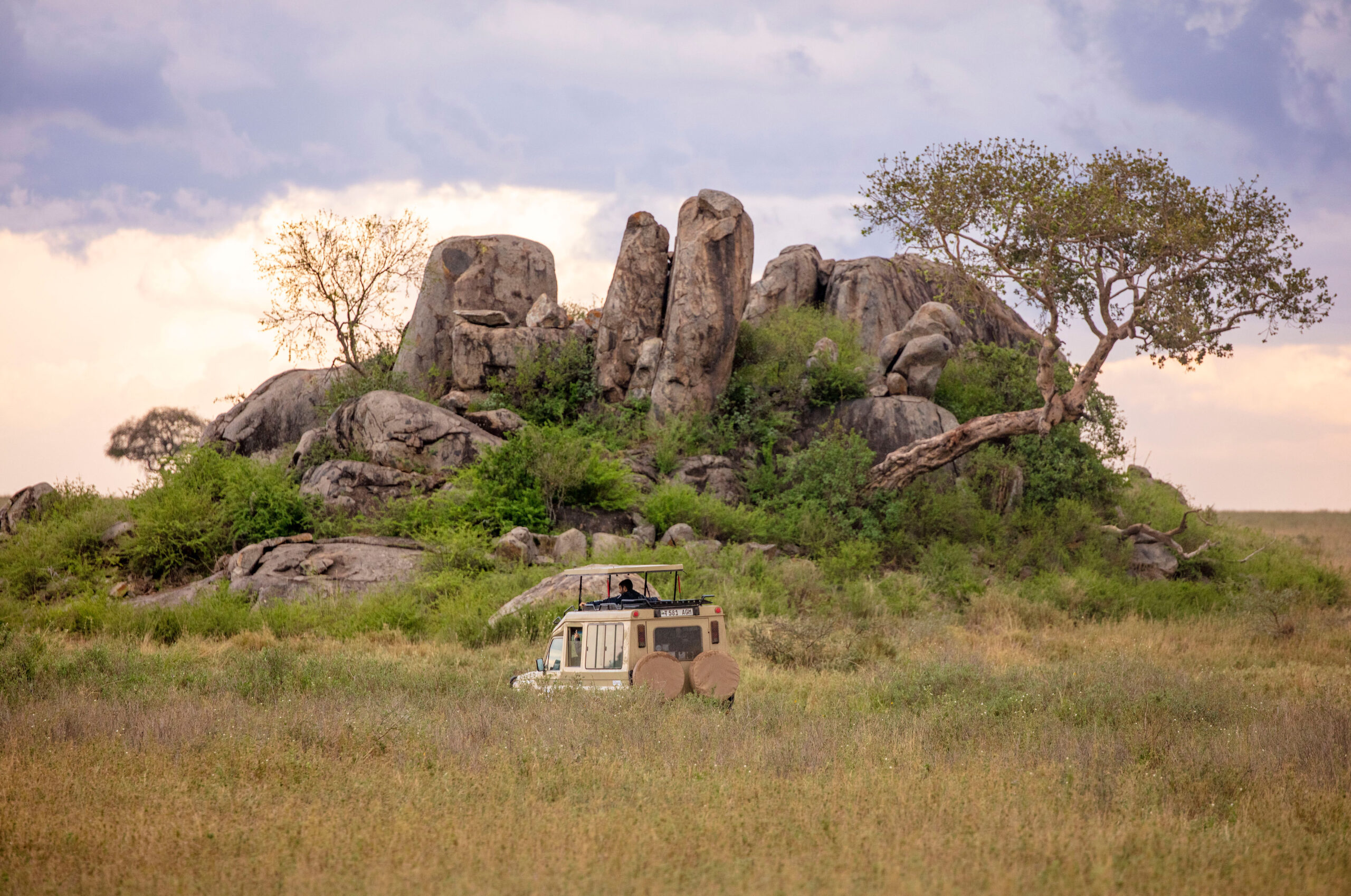Ngorongoro Crater Safari: A Journey into Africa’s Wildlife Paradise
Introduction
Tanzania’s Ngorongoro Crater is one of the most spectacular safari destinations in Africa. Known for its dense wildlife populations and breathtaking landscapes, this natural wonder offers an unparalleled safari experience. Whether you’re a wildlife enthusiast, photographer, or adventure seeker, a trip to Ngorongoro is a must.
What is the Ngorongoro Crater?
Location and Geography
The Ngorongoro Crater is located in northern Tanzania, within the Ngorongoro Conservation Area. It is the world’s largest inactive, intact, and unfilled volcanic caldera, spanning approximately 260 square kilometers.
How Was It Formed?
The crater was formed about two to three million years ago when a massive volcano erupted and collapsed on itself. Today, it stands as a vast, enclosed ecosystem that supports diverse wildlife.
Why Visit the Ngorongoro Crater?
A Natural Wonder: The crater is often referred to as the “Eighth Wonder of the World.”
UNESCO World Heritage Site: Recognized for its unique biodiversity and cultural significance.
Wildlife in Ngorongoro Crater
The Big Five
Ngorongoro is one of the best places in Africa to see the Big Five—lion, leopard, elephant, buffalo, and rhino—all in one game drive.
Rare and Endangered Species
The endangered black rhino finds refuge within the crater.
Servals, cheetahs, and wild dogs also roam the area.
Birdwatching Opportunities
With over 500 bird species, including flamingos, crowned cranes, and eagles, Ngorongoro is a paradise for birdwatchers.
Best Time to Visit Ngorongoro Crater
Dry Season (June to October): Best for wildlife viewing as animals gather around water sources.
Wet Season (November to May): Lush landscapes and calving season for wildebeests.
Ngorongoro Crater Safari Experience
Game Drives: The main activity, offering breathtaking encounters with wildlife.
Guided vs. Self-Drive: Tour guides provide expert knowledge, while self-drive offers flexibility.
Photography Tips: Early morning and late afternoon offer the best lighting.
Ngorongoro Conservation Area
Beyond the crater, visit:
Ndutu Plains: Famous for wildebeest calving.
Olduvai Gorge: A historic site where early human fossils were discovered.
Maasai Villages: Experience traditional Maasai culture.
Accommodation Options
From luxury lodges like Ngorongoro Crater Lodge to budget-friendly campsites, there’s something for everyone.
Safari Costs and Budgeting
Park Fees: $70 per adult (subject to change).
Tour Packages: Range from budget to luxury safaris.
Extra Costs: Tips, souvenirs, and optional activities.
How to Get to Ngorongoro Crater
Flights to Tanzania: Land at Kilimanjaro International Airport.
Road Trips: A 3-4 hour scenic drive from Arusha.
Travel Tips for a Perfect Safari
Essentials: Binoculars, sunscreen, and warm clothing.
Health: Carry malaria prophylaxis and travel insurance.

Comparing Ngorongoro with Other Safari Destinations
Serengeti: Best for the Great Migration.
Tarangire: Home to large elephant herds.
Unique Safari Experiences
Walking Safaris: Experience the wild on foot.
Night Safaris: Rare but available in select areas.
Conservation Efforts in Ngorongoro
Efforts are in place to protect wildlife and support local communities through sustainable tourism.
Conclusion
A safari to Ngorongoro Crater is a once-in-a-lifetime experience, offering breathtaking scenery, abundant wildlife, and cultural encounters. Whether you’re a first-time visitor or a seasoned traveler, this iconic destination never disappoints.











